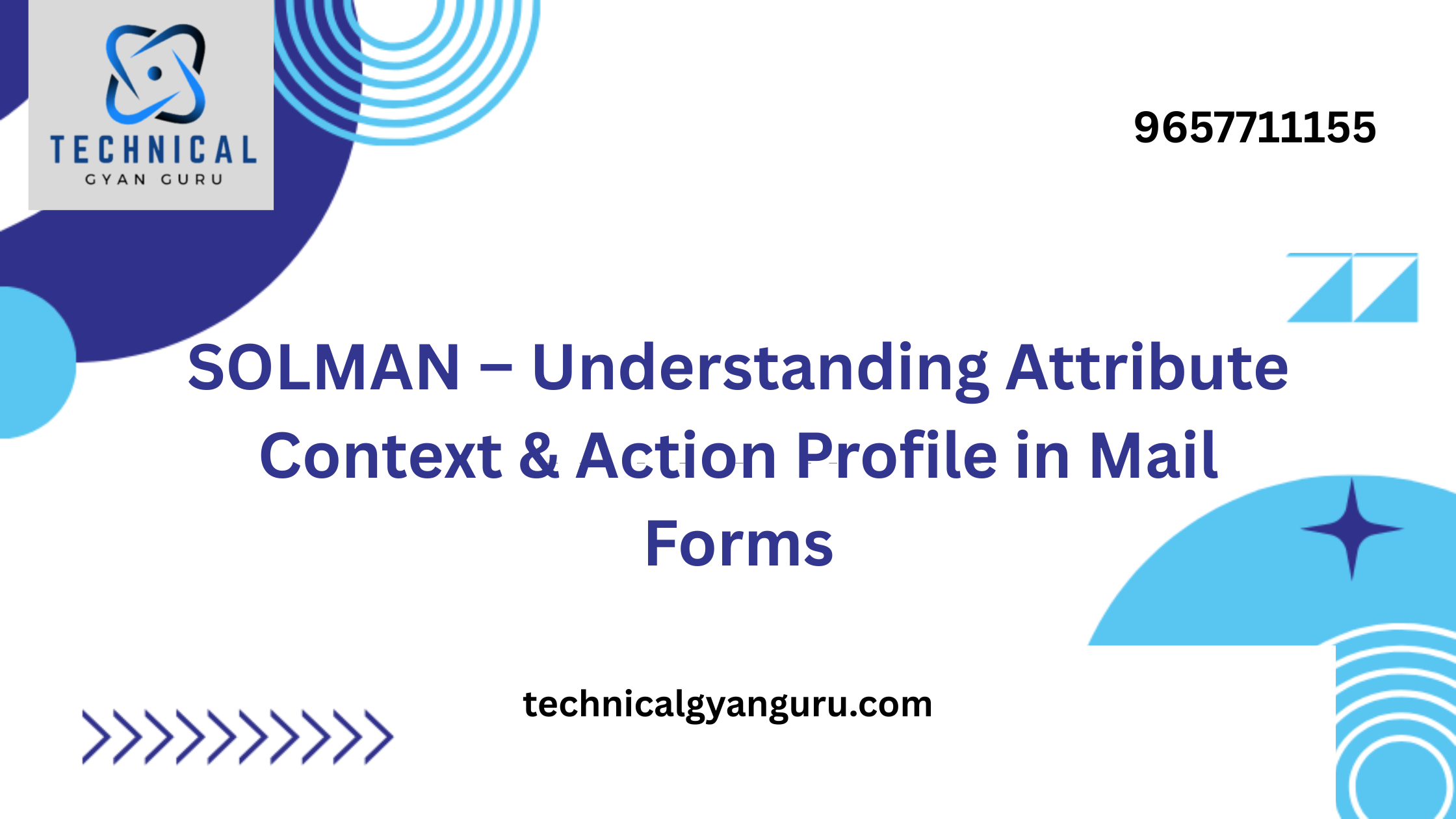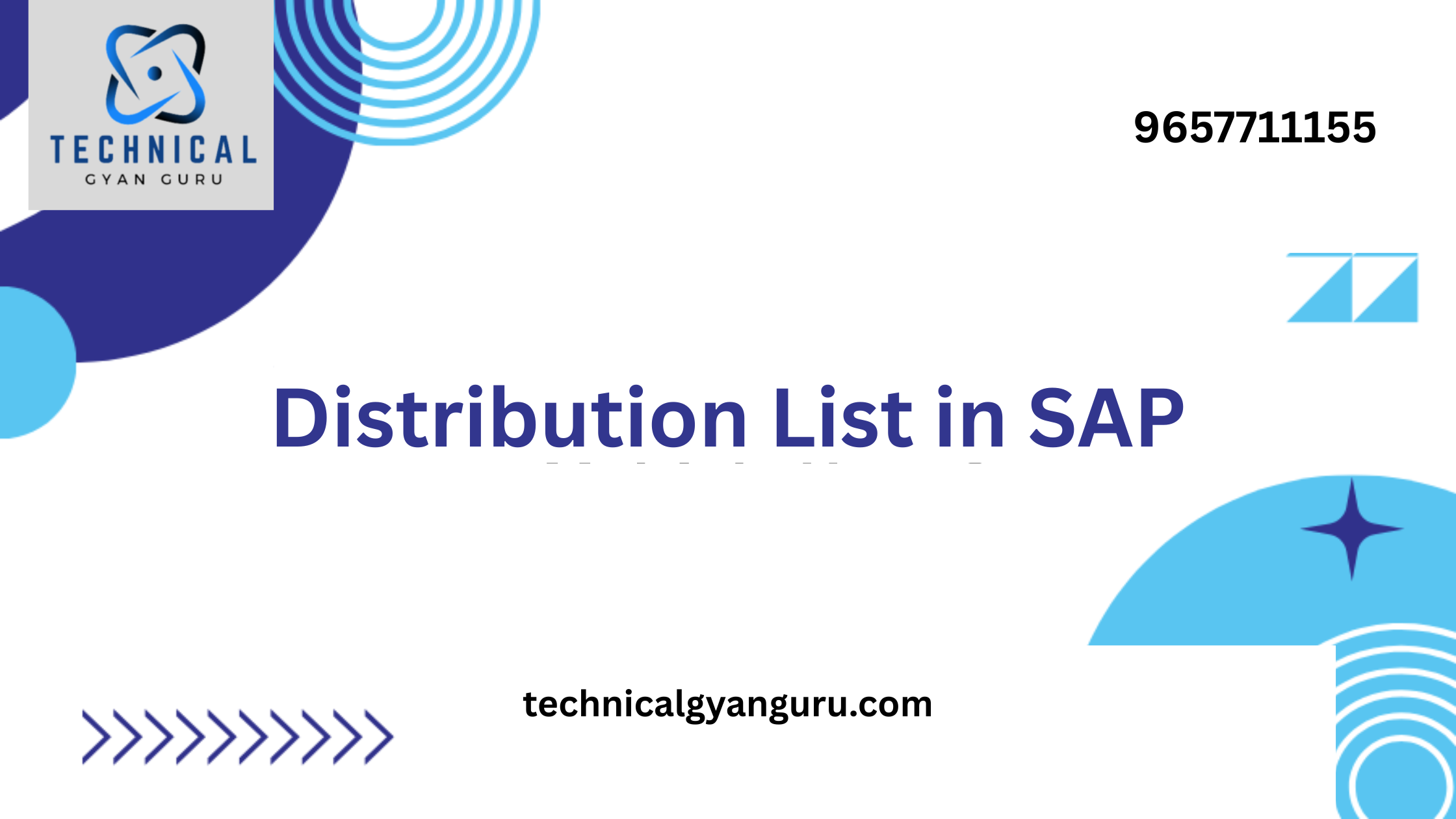
Introduction: SAP Fiori Elements for Transactional Apps
SAP Fiori Elements for Transactional Apps: In the ever-evolving landscape of enterprise software, user experience has become a pivotal factor in ensuring the success of any application. SAP Fiori Elements for Transactional Apps is a groundbreaking framework designed to revolutionize the way users interact with SAP applications, bringing simplicity, intuitiveness, and efficiency to the forefront. In this blog post, we will explore the key aspects of SAP Fiori Elements for Transactional Apps and how it is transforming the way businesses operate.
Understanding SAP Fiori Elements:
SAP Fiori Elements is a design approach and a set of pre-built UI elements that enable the creation of consistent and responsive user interfaces for SAP applications. Specifically tailored for transactional applications, SAP Fiori Elements aims to simplify the development process while delivering a seamless and intuitive user experience. Let’s delve into some of the core features and benefits of this innovative framework.
- Out-of-the-Box Templates: SAP Fiori Elements provides a set of ready-to-use templates for common business scenarios, such as creating, editing, and displaying transactional data. These templates significantly reduce development efforts and ensure a standardized look and feel across different applications.
- Smart Controls and Annotations: Leveraging the power of annotations, developers can guide the behavior of SAP Fiori Elements applications. Smart controls, driven by annotations, automate various aspects of the user interface, such as form layouts, field visibility, and data binding. This not only accelerates development but also enhances consistency in application design.
- Adaptive User Interfaces: SAP Fiori Elements applications are responsive by design, adapting to different screen sizes and orientations. This ensures a consistent user experience across various devices, from desktops to tablets and smartphones, catering to the diverse needs of users in the modern workplace.
- Integrated Search and Navigation: The framework simplifies data retrieval and navigation with built-in search capabilities. Users can effortlessly search and filter data, enhancing productivity and reducing the time spent on locating relevant information.
- Analytics Integration: SAP Fiori Elements seamlessly integrates with analytical tools, enabling users to gain insights directly within the transactional applications. This integration empowers decision-makers by providing real-time analytics and fostering data-driven decision-making.
- Extensibility and Customization: Despite the out-of-the-box nature of SAP Fiori Elements, it recognizes the need for flexibility. Developers can extend and customize applications to meet specific business requirements, ensuring that the framework aligns with the unique needs of each organization.
- Consistent Design Language: Following the SAP Fiori design principles, Fiori Elements ensures a consistent and visually appealing design language. This not only enhances the aesthetics of the applications but also contributes to a more intuitive user experience, reducing the learning curve for end-users.
Conclusion:
SAP Fiori Elements for Transactional Apps represents a paradigm shift in the realm of enterprise application development. By focusing on simplicity, standardization, and user-centric design, SAP has empowered organizations to deliver applications that not only streamline business processes but also delight users with an unparalleled user experience. As businesses continue to embrace digital transformation, SAP Fiori Elements stands as a testament to SAP’s commitment to innovation and user satisfaction in the world of enterprise software.







